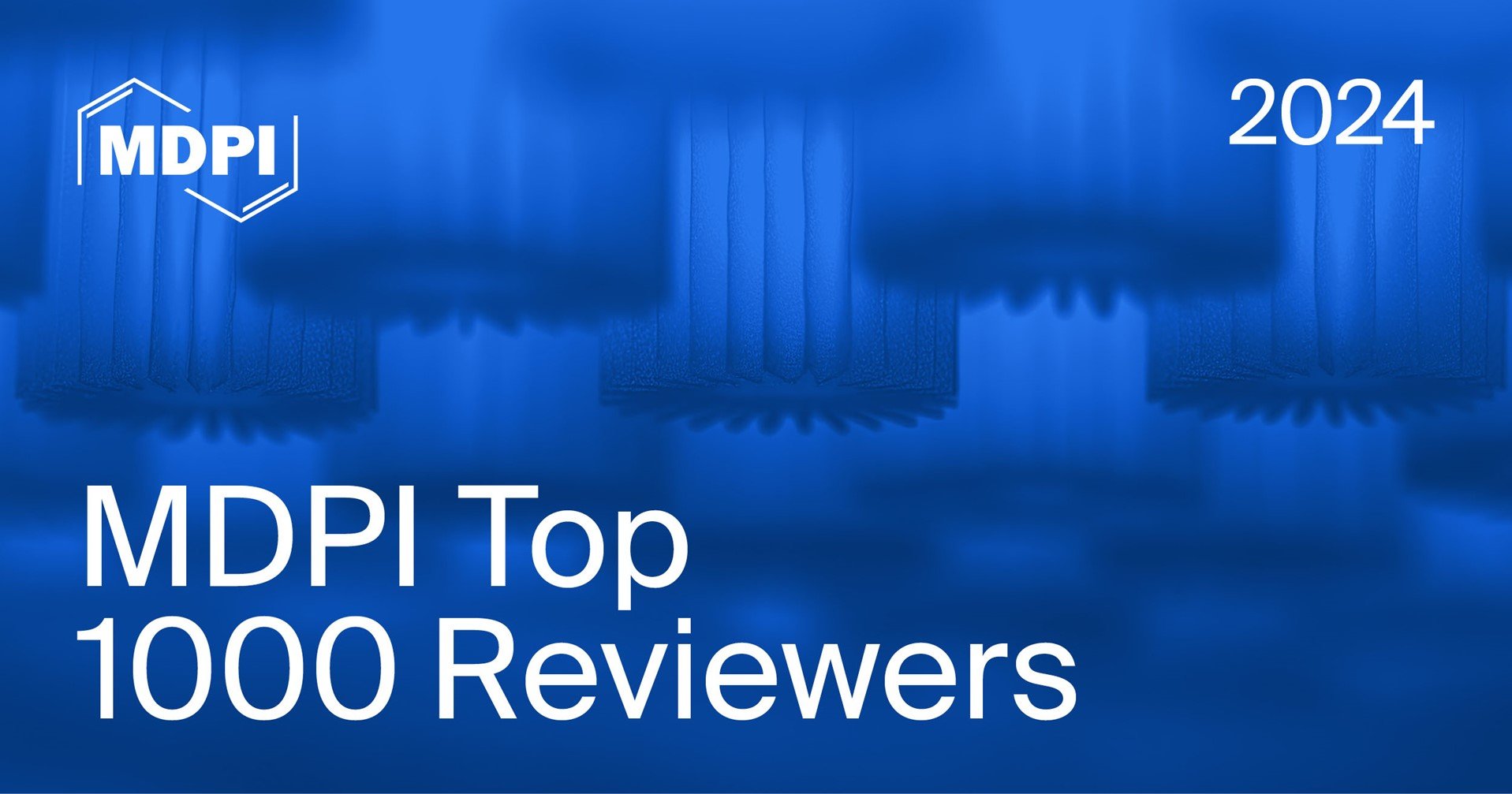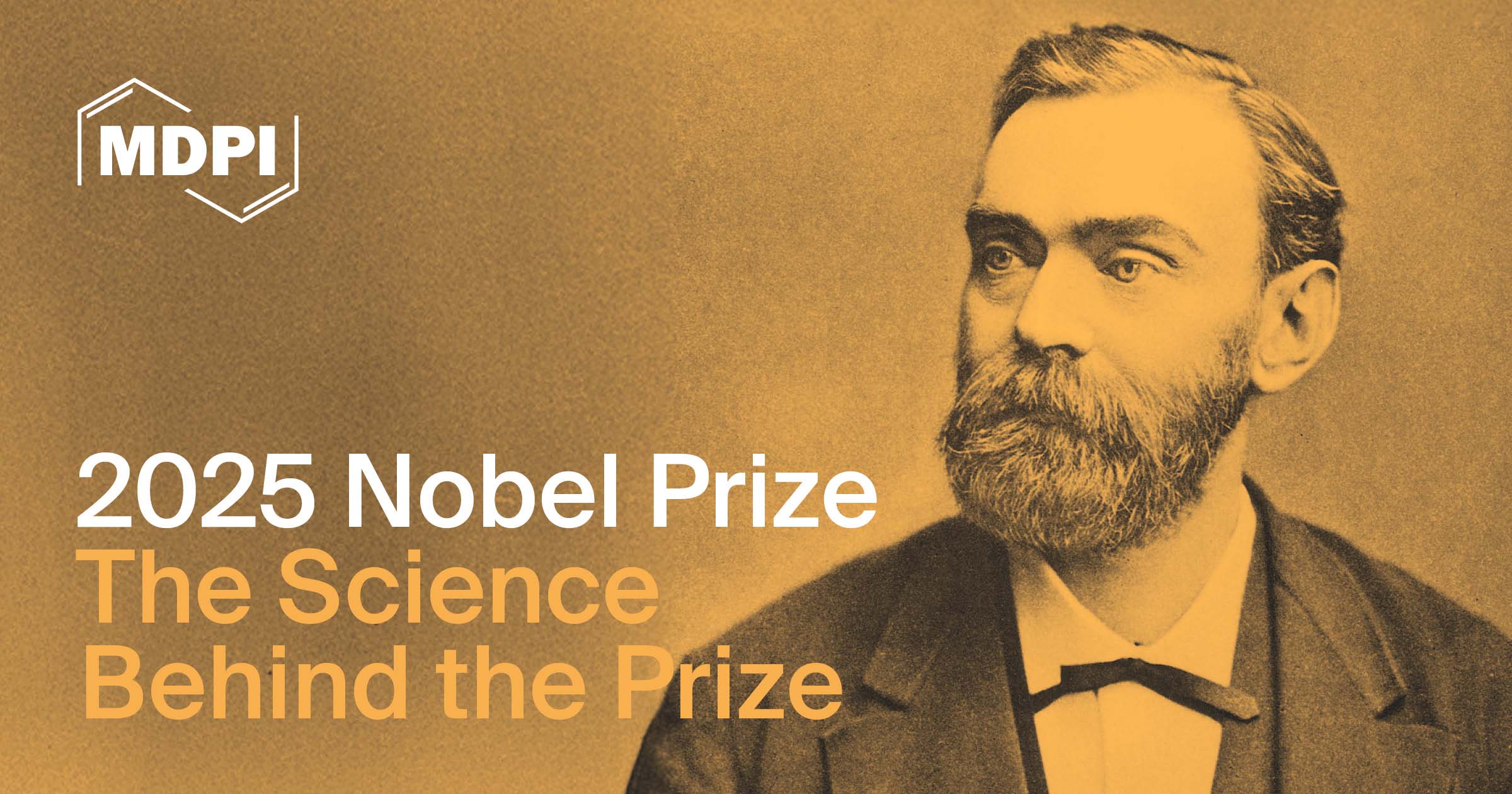Continuous technological, ecological, and digital transformations reshape urban mobility systems. While sustainable mobility has become a dominant keyword, there are many different approaches and policies to help achieve lasting and properly functioning change. This study applies a comprehensive qualitative policy analysis to influential
[...] Read more.
Continuous technological, ecological, and digital transformations reshape urban mobility systems. While sustainable mobility has become a dominant keyword, there are many different approaches and policies to help achieve lasting and properly functioning change. This study applies a comprehensive qualitative policy analysis to influential and leading sustainable mobility approaches (i.a. Mobility Justice, Avoid–Shift–Improve, spatial models like the 15-Minute City and Superblocks, governance frameworks such as SUMPs, and tools ranging from economic incentives to service architectures like MaaS and others). Each was assessed across structural barriers, psychological resistance, governance constraints, and affective dimensions. The results show that, although these approaches provide clear normative direction, measurable impacts, and scalable applicability, their implementation is often undermined by fragmentation, Policy Layering, limited intermodality, weak Future-Readiness, and insufficient participatory engagement. Particularly, the lack of sequencing and pacing mechanisms leads to policy silos and societal resistance. The analysis highlights that the main challenge is not the absence of solutions but the absence of a unifying paradigm. To address this gap, the paper introduces CalmMobility, a conceptual framework that integrates existing strengths while emphasizing comprehensiveness, pacing–sequencing–inclusion, and Future-Readiness. CalmMobility offers adaptive and co-created pathways for mobility transitions, grounded in education, open innovation, and a calm, deliberate approach. Rather than being driven by hasty or disruptive change, it seeks to align technological and spatial innovations with societal expectations, building trust, legitimacy, and long-term resilience of sustainable mobility.
Full article































